Laurustinus Pests and Diseases: How to Identify and Treat Them

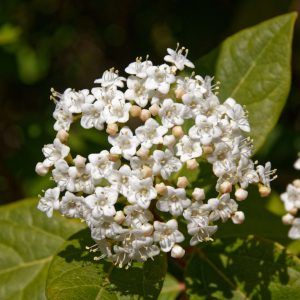 In this article we show you the most common pests and diseases present in the Durillo.
In this article we show you the most common pests and diseases present in the Durillo.
Laurustinus is an excellent shrub that stays green all year round and blooms on very cold days.
An unparalleled species that is capable of beautifying the environment wherever it is. And, best of all, 365 days a year.
It is a very resistant plant that requires minimal care (you hardly have to pay attention to it) and even so it will remain splendid.
But if you want to be very attentive to any eventuality that wants to steal your peace with your durillo, better read the next few lines, they will be very useful.
powdery mildew
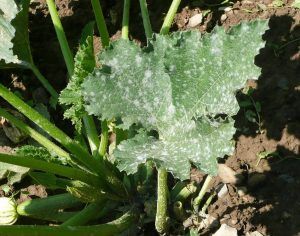 Powdery mildew is a disease of fungal origin that usually appears in durillos that are not offered a sufficient amount of sunlight during the day.
Powdery mildew is a disease of fungal origin that usually appears in durillos that are not offered a sufficient amount of sunlight during the day.
When this is the case, the seasons of more or less cool temperatures, such as spring or autumn, can give rise to it.
Attacking it in time will ensure that the problem does not escalate, since a fungicidal product will be more than enough.
If the damage is more severe and the contamination is spreading, it is better to remove the affected Laurustinus and burn them before they spread to other plants .
aphids
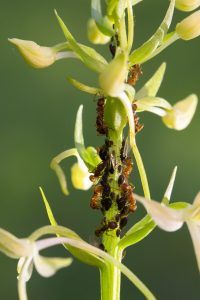 Aphids are a headache during the spring and summer in many places where they find the optimal conditions to attack.
Aphids are a headache during the spring and summer in many places where they find the optimal conditions to attack.
The Laurustinus is not one of their favorite options, but if they find it in their path, they will be noticed with bites and sap consumption.
Its biggest problem lies in the molasses that it excretes and that it leaves throughout the structure of the plant. Since it has a honeycomb structure, it is attractive to other insects such as ants, which complicates the problem.
The aphid can also help the bold fungus to settle on the plant and damage it even more. The good thing is that it can be treated with the help of potassium soap or neem oil and a cotton pad, gently cleaning the affected leaves.
How can you detect them? Look on the underside, as they tend to group in this part to avoid being seen easily.
Red spider
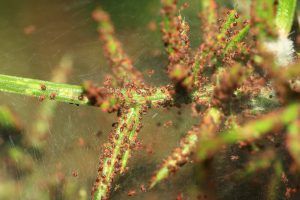
The red spider is a frequent pest that usually manifests itself in crops when the hottest season arrives and humidity is low.
It causes weakening of the plant through two ways: by consuming its parts and by placing cobwebs throughout the structure.
This leads to the Laurustinus losing its ability to flower in the way it normally does, so you’ll be filled with worry.
There are several forms of attack that give good results, such as increasing the humidity in the space where they are located. For example, spraying the leaves. If this does not give the result you expect, you can also use potassium soap or neem oil to keep it away from your crop.
The idea is that you can clean the durillo leaves that are obviously affected and remove all the cobwebs that you can see.
thrips
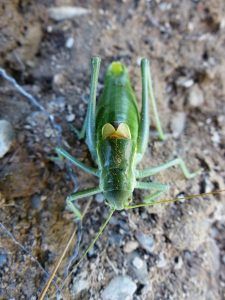 Thrips are insects with a suction device that they take advantage of to penetrate the parts of the durillo and extract the sap to feed.
Thrips are insects with a suction device that they take advantage of to penetrate the parts of the durillo and extract the sap to feed.
If the attack is very strong, the plant begins to weaken and will gradually turn brown, which will make you think that it is dying.
You have to detect if it is really this plague. Being such tiny insects, you will have to use a magnifying glass to see them more closely and define what they are.
Then, you need to attack based on the complexity of damage that the plant is causing you. If it is a problem that is just beginning, you can use home remedies.
In case of an advanced attack, it is necessary that you go for stronger commercial insecticides and assess the response. If the plague does not subside and you have other species that could be infected, it is best to remove the plant to avoid more severe damage.
In any case, you will have to prune the parts that have been very affected to allow new shoots to grow next spring.
Mealybugs
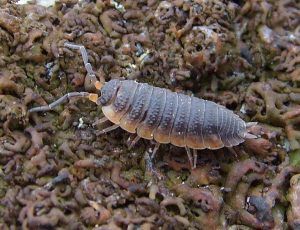 Another of the pests that usually appears very frequently in almost all types of crops and that does not therefore represent less headaches is the cochineal.
Another of the pests that usually appears very frequently in almost all types of crops and that does not therefore represent less headaches is the cochineal.
With its incredible suction device, it is easy to extract the sap from plants and consume it, while leaving a cottony layer in its wake.
The consumption of the sap causes a very negative impact on the operational capacity of the plant because it reduces its energies, while preferring the new parts.
In addition, in the cottony layer it is very easy for the fungus known as bold to settle, turning the problem into a greater one. And, as if this were not enough, it also excretes a molasses, as in the case of aphids, which becomes a focus of attention for other insects, such as ants.
Although the color is variable (because some are white, others yellow and others green) they can be seen almost effortlessly. You will have to define the treatment based on the amount of mealybugs that there are.
If there are few, clean the affected leaves with potassium soap or neem oil and a cotton ball. If it is already advanced, use a stronger insecticide, but one that is still ecological to avoid other types of damage.
The durillo is very resistant, yes, but that does not imply that you can neglect it because otherwise some agents could take advantage of that condition. The healthiest thing is to prevent, ensuring that it has the optimal growing conditions, planting it in the sun and pruning so that air flows.
But, if you have been a victim of these evils, you will have no choice but to take corrective action and the sooner you do it, the better. Remember that not only your durillo will be at risk, but also any other plant that is nearby and can be contaminated.
Bibliographic references
- Salinity in ornamental crops, J Betrán Aso, R Aragüés Lafarga – 1990 – citarea.cita-aragon.es
- Virosis in ornamental crops: measures to control the disease, L Galipienso, I Font-San-Ambrosio, S Davino … – 2014 – redivia.gva.es
- Garden pests and diseases, S Villalva Quintana – 2005 – books.google.com
- Botany: The Secret Life of Plants, AS González, ME Valero, BS González – plantasaludables.es

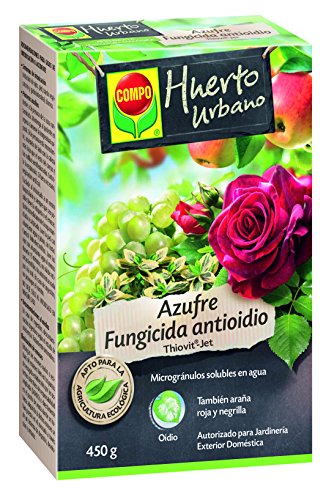
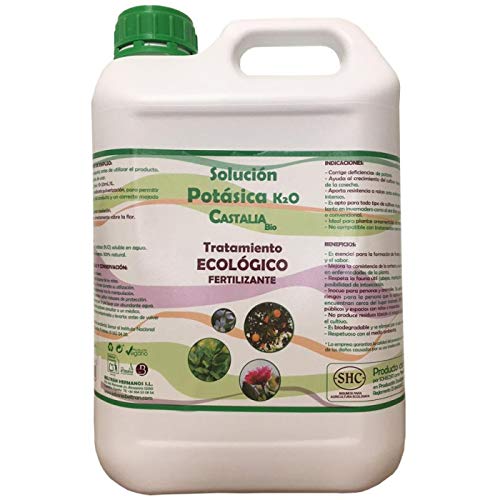



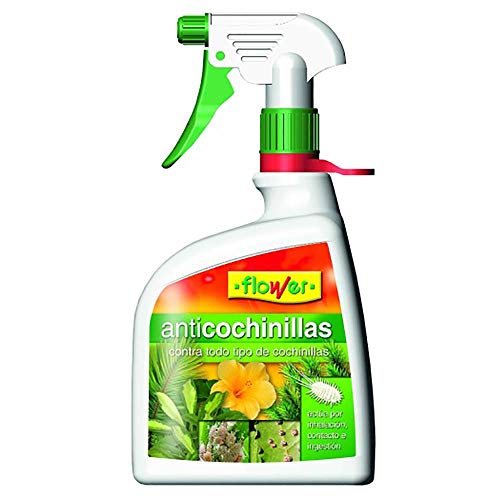
![Photo of Plant Ferns: [Cultivation, Irrigation, Care and Problems]](https://www.complete-gardening.com/wp-content/uploads/2022/08/plant-ferns-cultivation-irrigation-care-and-problems-390x220.jpg)
![Photo of List of 30 Tropical and Exotic Fruits: [Images and Characteristics]](https://www.complete-gardening.com/wp-content/uploads/2022/08/list-of-30-tropical-and-exotic-fruits-images-and-characteristics-390x220.jpg)
![Photo of Types of Substrates: [Concept, Characteristics, Natural and Artificial]](https://www.complete-gardening.com/wp-content/uploads/2022/08/types-of-substrates-concept-characteristics-natural-and-artificial-390x220.jpg)
![Photo of Sow Papaya: Conditions, Irrigation, Plantation [Step by Step + Images]](https://www.complete-gardening.com/wp-content/uploads/2022/08/sow-papaya-conditions-irrigation-plantation-step-by-step-images-390x220.jpg)